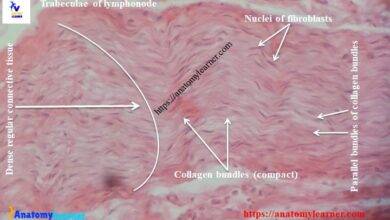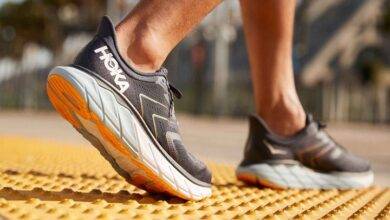
New types of innovation have made style configuration significantly more helpful. Regardless of whether you’re utilizing silk or polyester for your apparel assortment, computerized imprinting on texture has changed print planning via color sublimation innovation.
The Origins of Fabric Printing
Texture printing has existed since 916-1297 AD. It started in China as material screen printing. Here’s the way that functions:
- This screen printing process begins with the screen arrangement made with layers of lattice and a light-responsive emulsion that solidifies into a plan once it becomes uncovered under the light.
- The texture screen printer washes it off when the emulsion is uncovered and starts the planning system with a stencil.
- The print craftsman makes a stencil, which the individual then, at that point, brings down into the printing outline where the ink will be squeezed through the screen and stencil, making the engraving of the plan.
This cycle leaves the fashioner’s printed plans enlivened on the completed item.
Presently, here’s an interesting point – assuming apparel marks ceaselessly observe answers for stay pertinent utilizing design anticipating, screen printing is one profoundly adjustable method they can use to flex imaginatively. Notwithstanding, screen printing isn’t the best in a class method in texture printing, nor is it the one with the most significant area of natural benefits.
Latest website timebusiness and masstamilan more Information masstamilan
Color Sublimation Innovation At Its Finest
As advanced advances affect style creation, automatic texture printing has developed into the new, colossal design printing strategy. As referenced above, advanced printing requires color sublimation or the thermo-synthetic cycle by which water-based ink bonds to textures through heat move. Planning printed textures utilizing the color sublimation that is essential to automatic printing is a significant many-sided process.
- Picking a texture: Before thinking about computerized print for your assortment, you should pick your textures astutely. The best textures to use for computerized print are silk, cotton, polyester, and cloth. You can peruse more about picking the right textures from our article, “Picking The Best Fabrics For Your Clothing Line.”
- Printing: Dye-sublimation requires the utilization of a printer that utilizes move paper. With the primary printer, your designs ought to be imprinted on adaptable paper that utilizes sublimation inks (thus, the expression “color sublimation”).
- Handling: With the texture of your decision, utilize a hotness press to move the inked plan from the paper onto the texture.
This course of color sublimation has made automatic printing the “best development of the 21st century”. Advanced printing doesn’t need a similar dry time and elaborate arrangement as screen printing. It has permitted brands to deliver assortments significantly quicker because of the popularity of staying aware of patterns and the interest of purchaser’s needs and needs. It permits architects to effectively carry out manifestations and stay on their toes regarding planning impending apparel assortments.
Information about: thenewsify , Learn why : amazinginfo , And Read More: 1i1
Advanced printing has a more modest ecological impression than some other texture printing strategies. It cuts the number of textures squandered just as it decreases water use by 90% and power use by 30%. That assists material factories with working on their proficiency and lowering their natural effect.
While delivering your forthcoming assortment, consider joining advanced printing to help your image’s productivity and work on its effect since a long time ago run.




